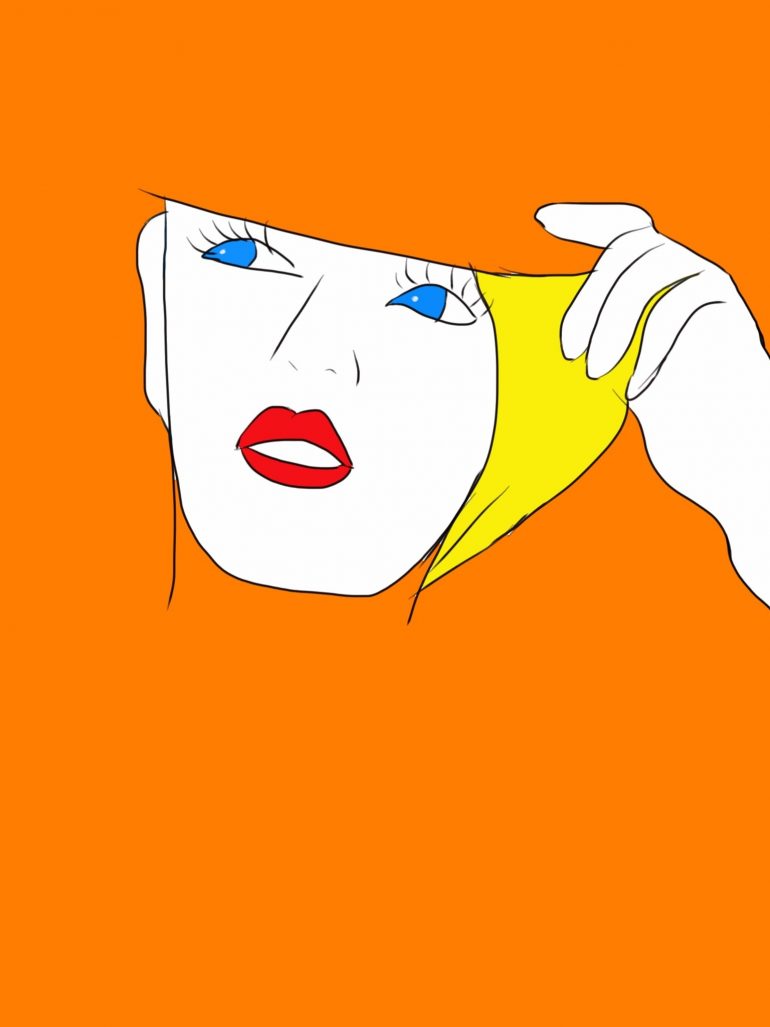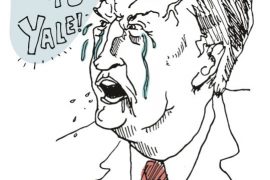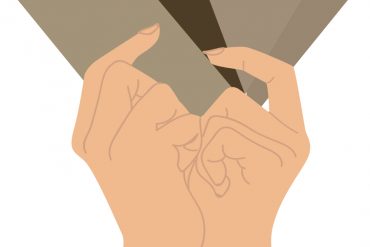From a scientific standpoint, beauty depends on symmetry of the face and proportionate physical features that subtly tell the rest of the world that someone is healthy and ready to procreate. From a philosophical standpoint, it’s in the eye of the beholder. To some, beauty is athleticism and dedication to health; while to others it’s looking like the models that walk high-fashion runways. Advertisements for cars, cosmetics, clothing, and even food and drinks often showcase the standards of beauty for the time we live in. But when looking at the history of beauty and the massive scope that is “being beautiful” in other cultures, beauty standards begin to look like what they truly are: irrelevant.
Depending where on Earth one is, beauty standards take on a very different look. Tokyo Girls’ Update, a website devoted to making Japanese pop culture accessible to the rest of the world, states that Japan, for example, values “cuteness rather than sexiness,” which manifests in their culture as pale skin and slender figures being seen as most attractive. They see smaller faces and larger eyes as being features that accentuate cuteness. In contrast to Japan, Brazilian culture emphasizes the exact opposite. According to L’Oreal, Brazil values a tan, and the ideal body shape is the “corpo de violão” or a “guitar-shaped” body.
The issue with beauty standards is that they only emphasize certain physical traits, which leads to the assumption that traits that do not conform exactly are unsightly and undesirable. Gabrielle Deydier, a special needs teacher, is the author of “On ne naît pas grosse” (“One is Not Born Fat”), detailing the abuse she experienced due to her being overweight. While the beauty standard in France is natural beauty that is effortlessly feminine, they also see being overweight “a grotesque self-inflicted disability,” stated The Guardian in its interview with Deydier. She recounts a time when a coworker told her it was “unfair on the children” because they would now be bullied “for having a fat teacher” along with their disabilities. Deydier suffered years of insults, discrimination, and abuse due to her not conforming to what is seen as beautiful, causing her to fall into depression.
Deydier’s experience with French beauty standards ruined her self-esteem and made her feel ashamed; and that same trend is seen in the United States. Millions of Americans suffer from eating disorders in the hopes of controlling their weight, either to appease someone else’s expectations or their own. But more often than not, personal ideas of beauty are the same ones that have been pushed by advertisements and Hollywood. Women and young girls across the nation stress over looking good, but the tragic part is that beauty standards are not set in stone—they change through the decades. As the years go on, the definition of what’s beautiful swings back and forth in the United States—from being stick thin to embracing natural curves, from bleached, processed straight hair to voluminous curls with just the right bounce. Even the ideal thickness of eyebrows changes throughout time.
All of this inconsistent repetition of what’s beautiful and what’s not does numbers on a person’s psyche. If someone has a naturally curvy body, they can feel the immense pressure to diet and lose weight simply to appease the trend of the decade. Someone who is flat-chested may spend massive amounts of money to augment themselves because that’s what “beauty” is.
The name of the beauty standards game changes every few years, but the players never get a break. Being trendy takes precedence over being healthy far too often, leaving millions battered and insecure. The latest trends are not rules that must be followed to find success, joy, or happiness in life. Stressing over weight, height, skin tone or texture are things that ought not have the power to completely reshape an individual’s self worth.
Beauty standards control everyone’s lives in one way or another, be it through the movie stars that are idolized or through the subtle and sometimes not-so-subtle comments from peers. Americans are taught in elementary school that they are all unique, all special, but what happened to that idea when puberty hit? Suddenly, no one is a unique, free-spirited kid anymore. How is it that we’ve let our self image be determined by whether we pass an arbitrary standard? Beauty cannot be measured in a laboratory or allocated by a committee, and yet it is used by advertising committees and cosmetic laboratories to shape how the masses think.
In modern society, beauty standards have no place whatsoever. They cause harm to a person’s sense of self and the only people they truly benefit are the minority that fit the mold for that decade. But wait another ten years and those placed on a pedestal either crumble to the ground or scramble to fit the next arbitrary mold. And it’s arbitrary because the idea of beauty is irrelevant. It doesn’t matter if someone’s face has the golden ratio or if their hair is perfectly coiffed when they’ve spent years hating their thighs or how their stomach pokes out a little. Beauty standards don’t teach people to embrace the natural traits they already have, but to be envious of the things they don’t.
This article originally appeared in the print edition of our March 2018, issue.





